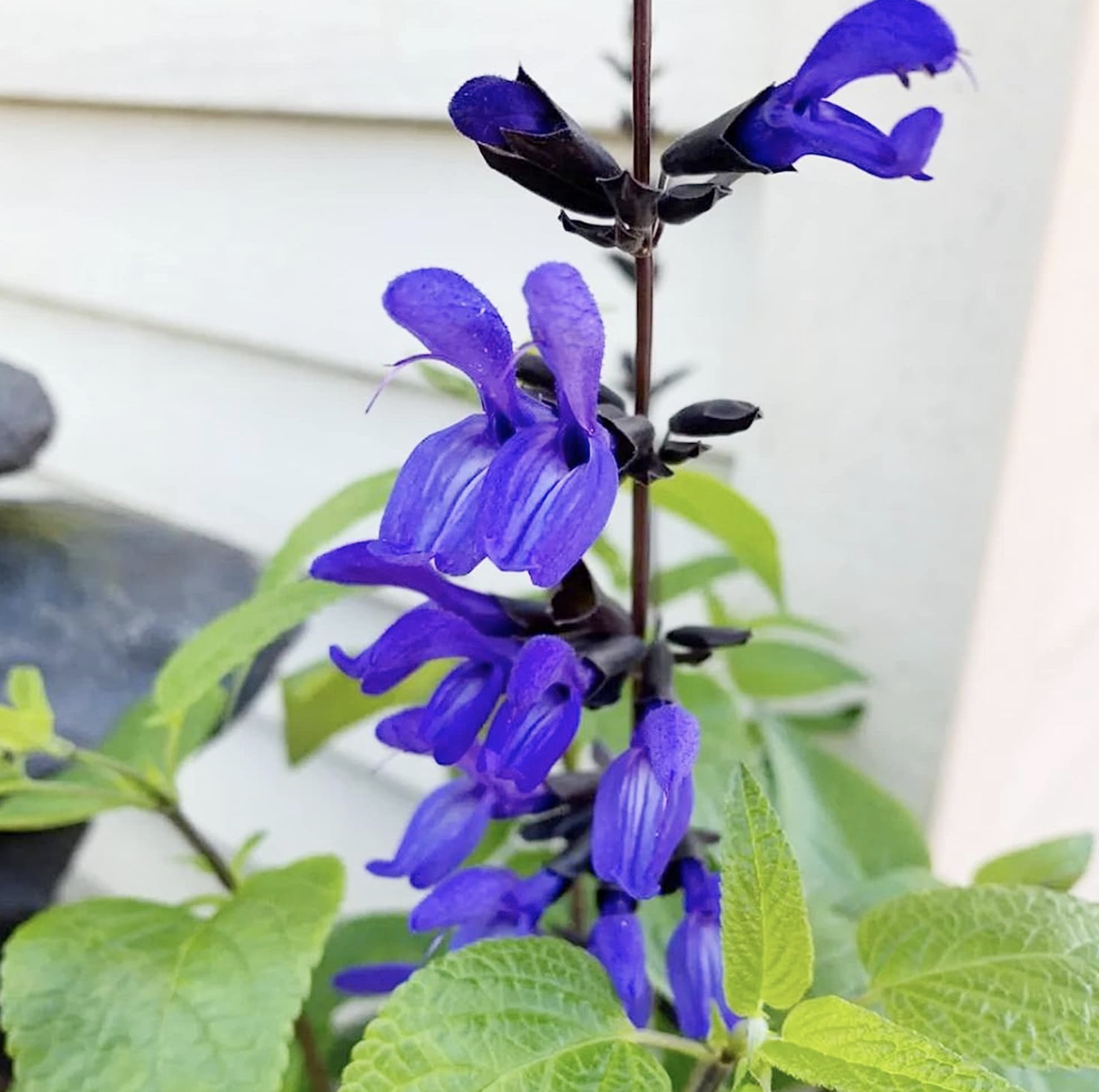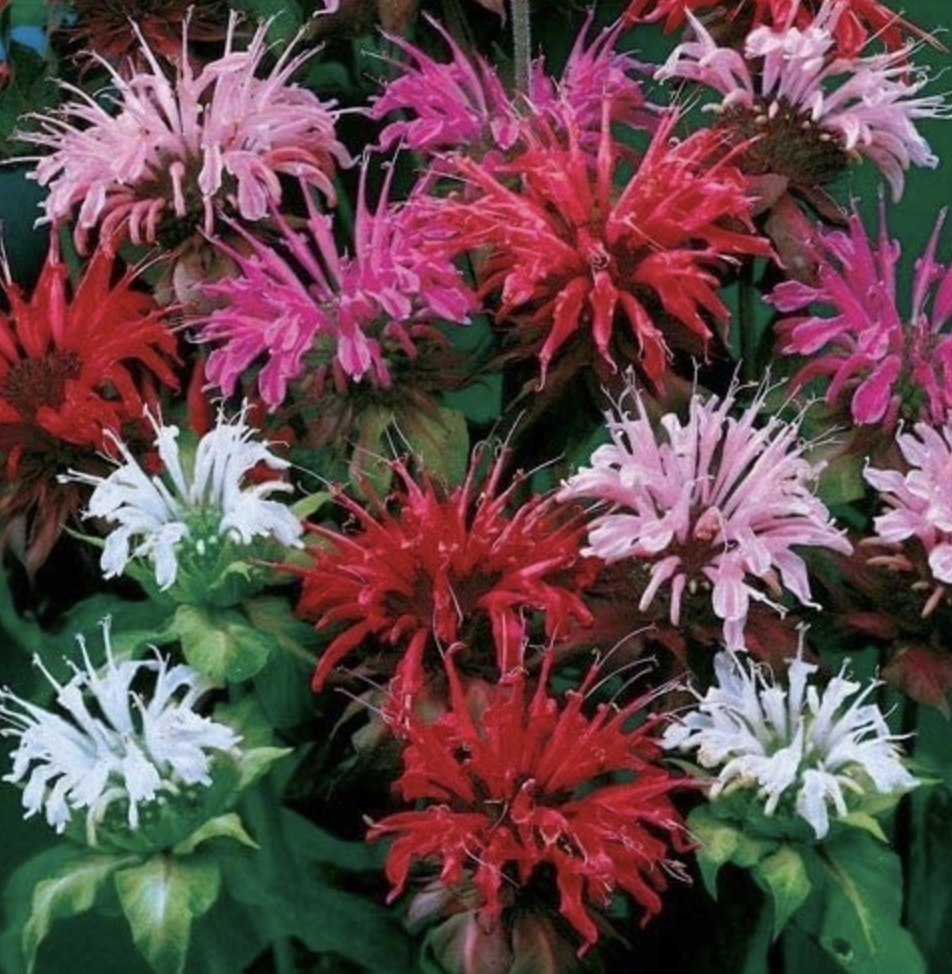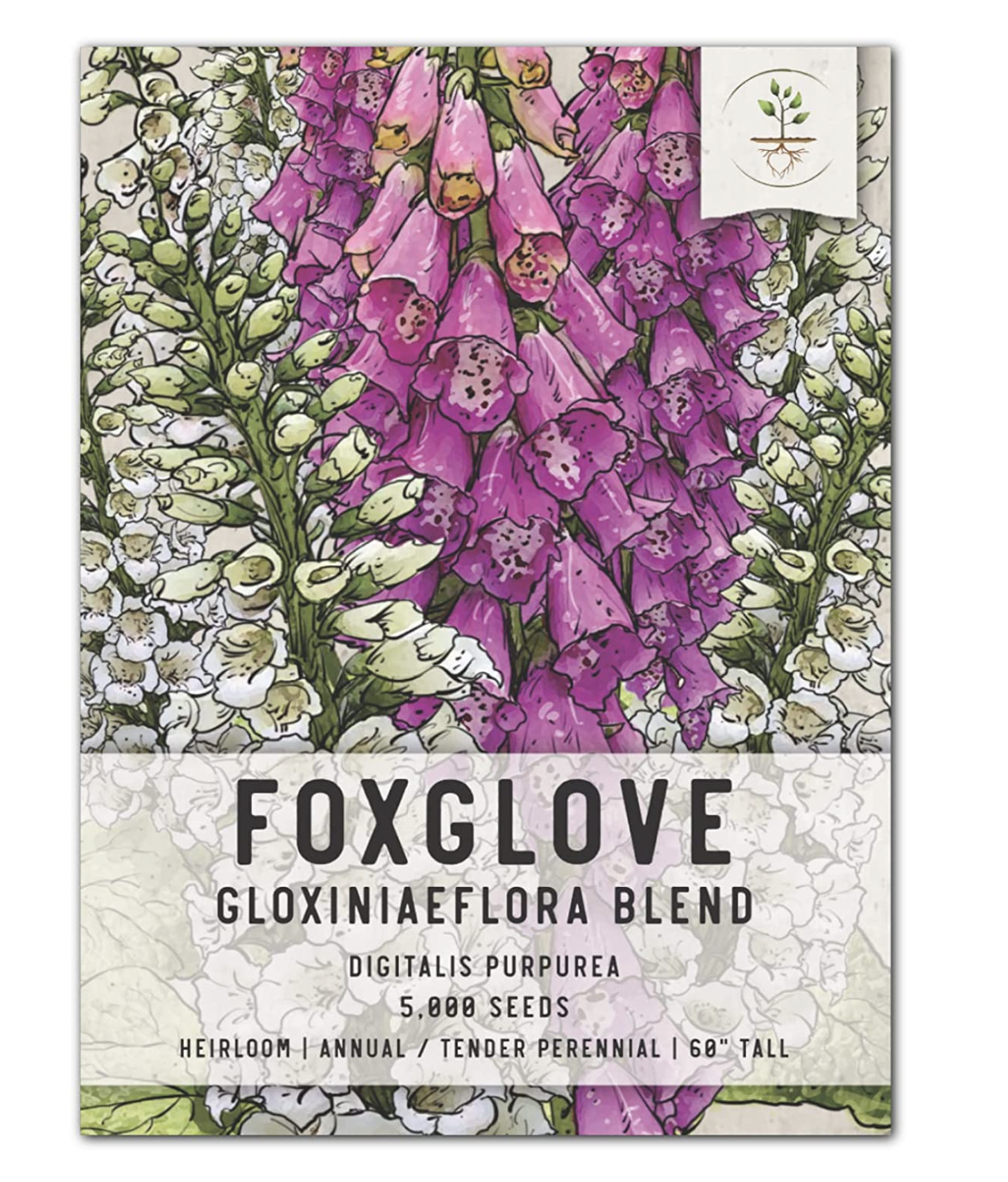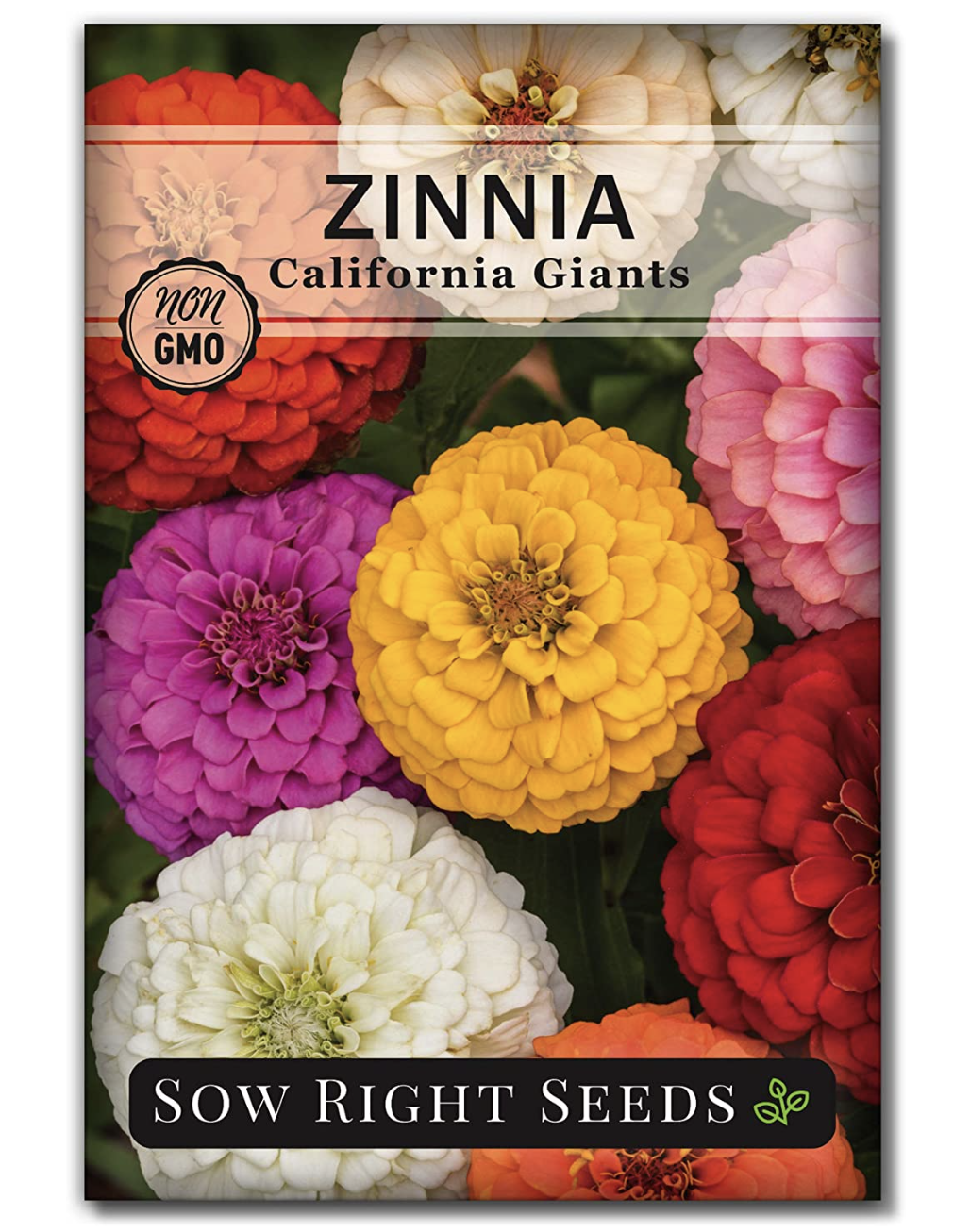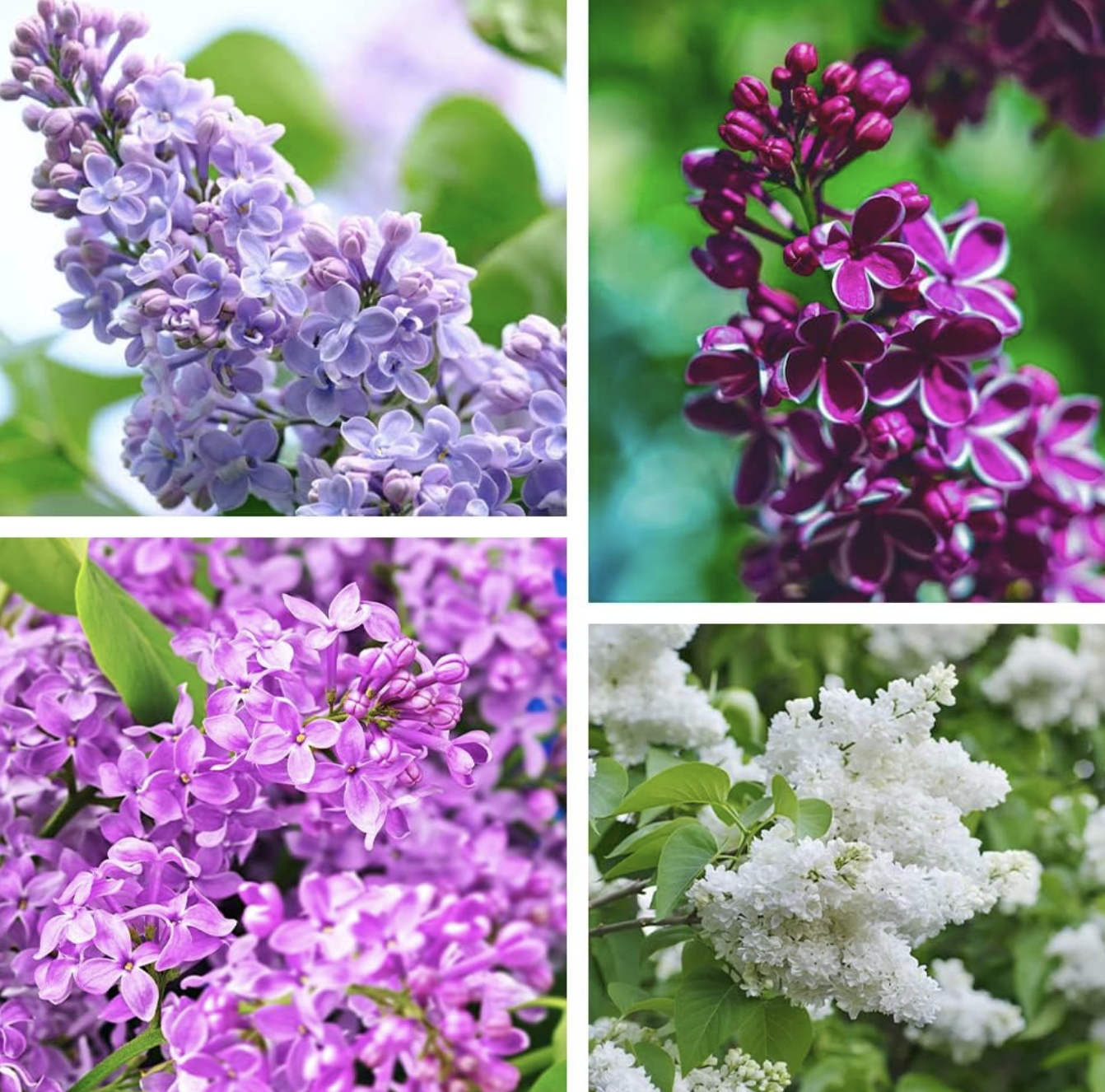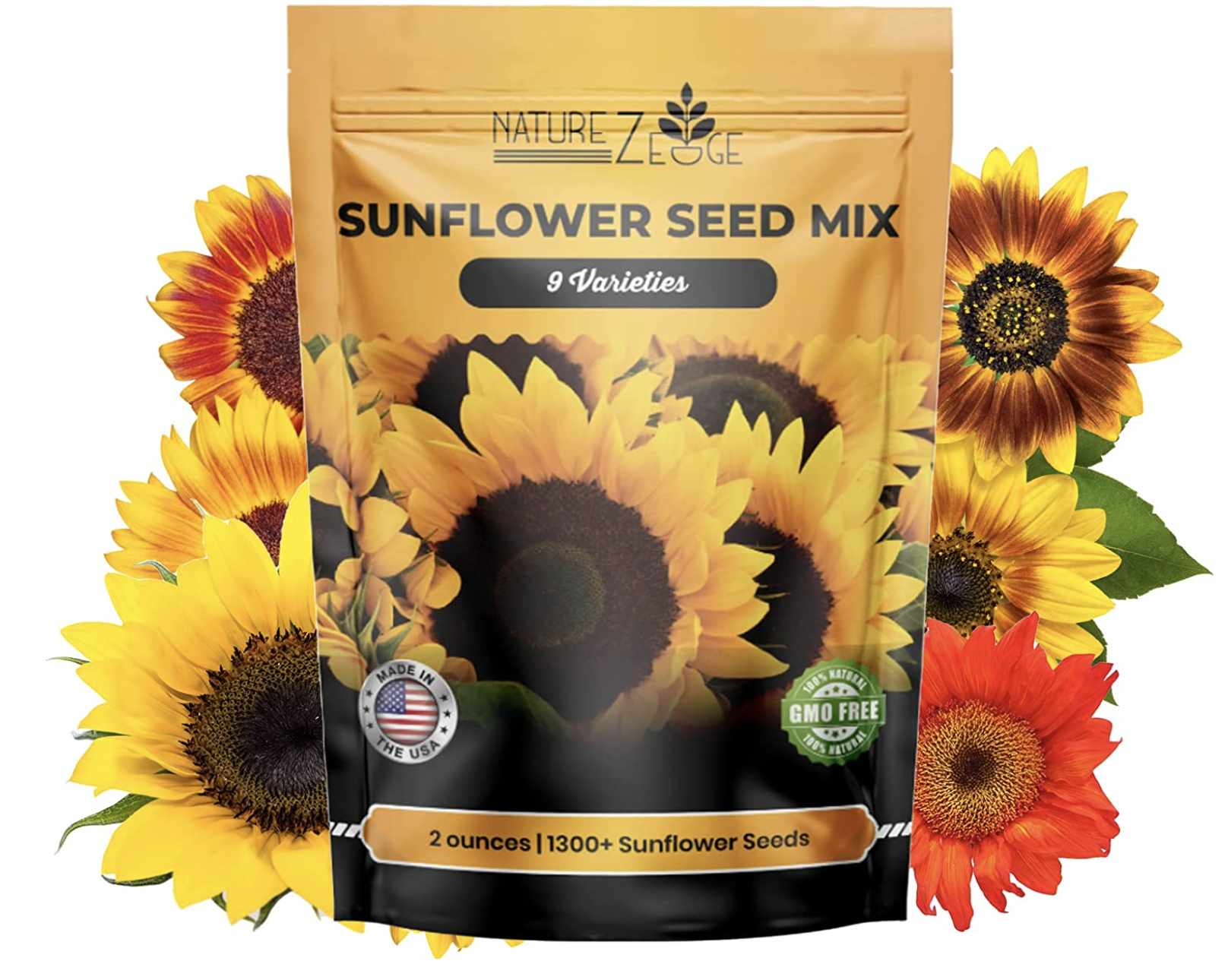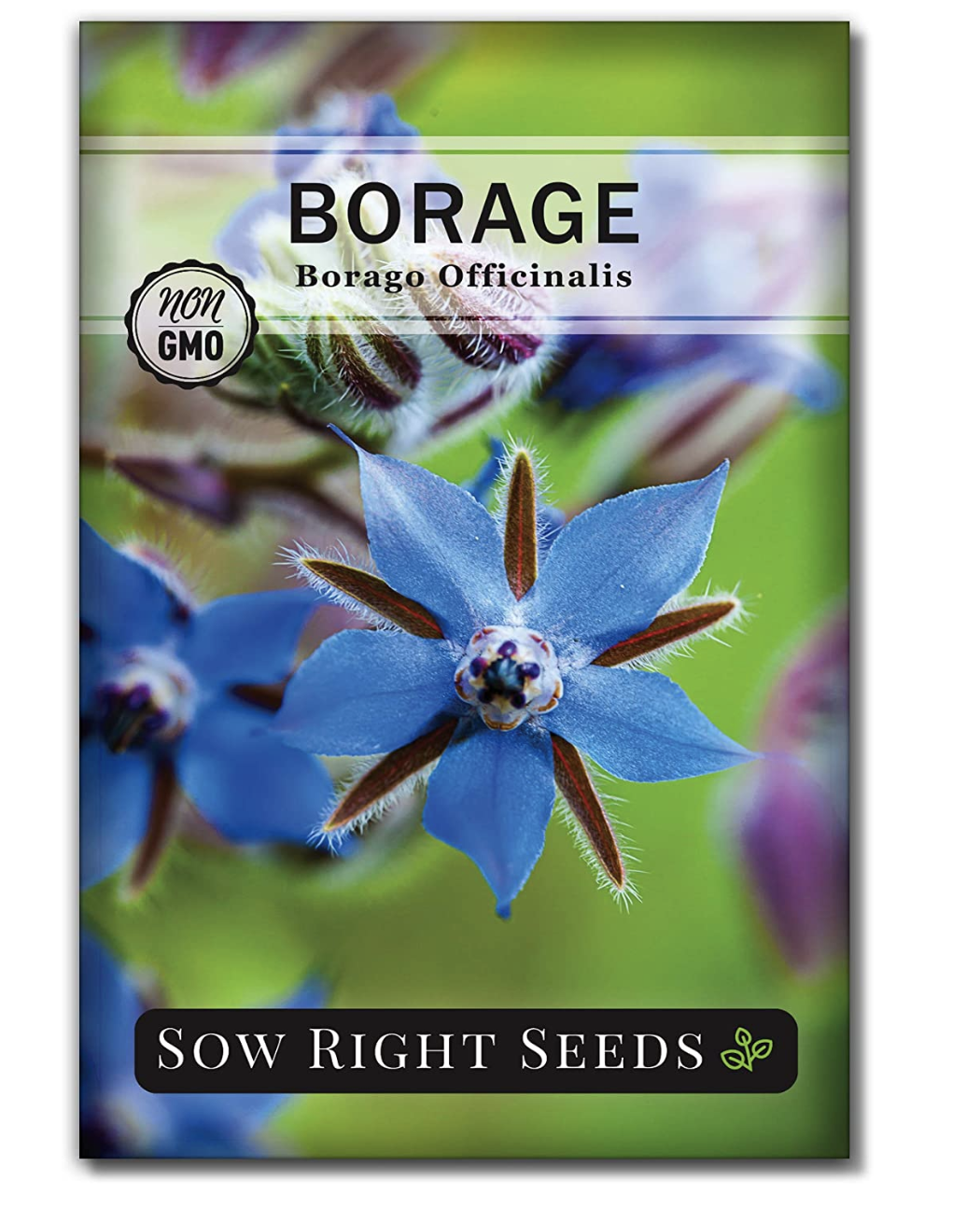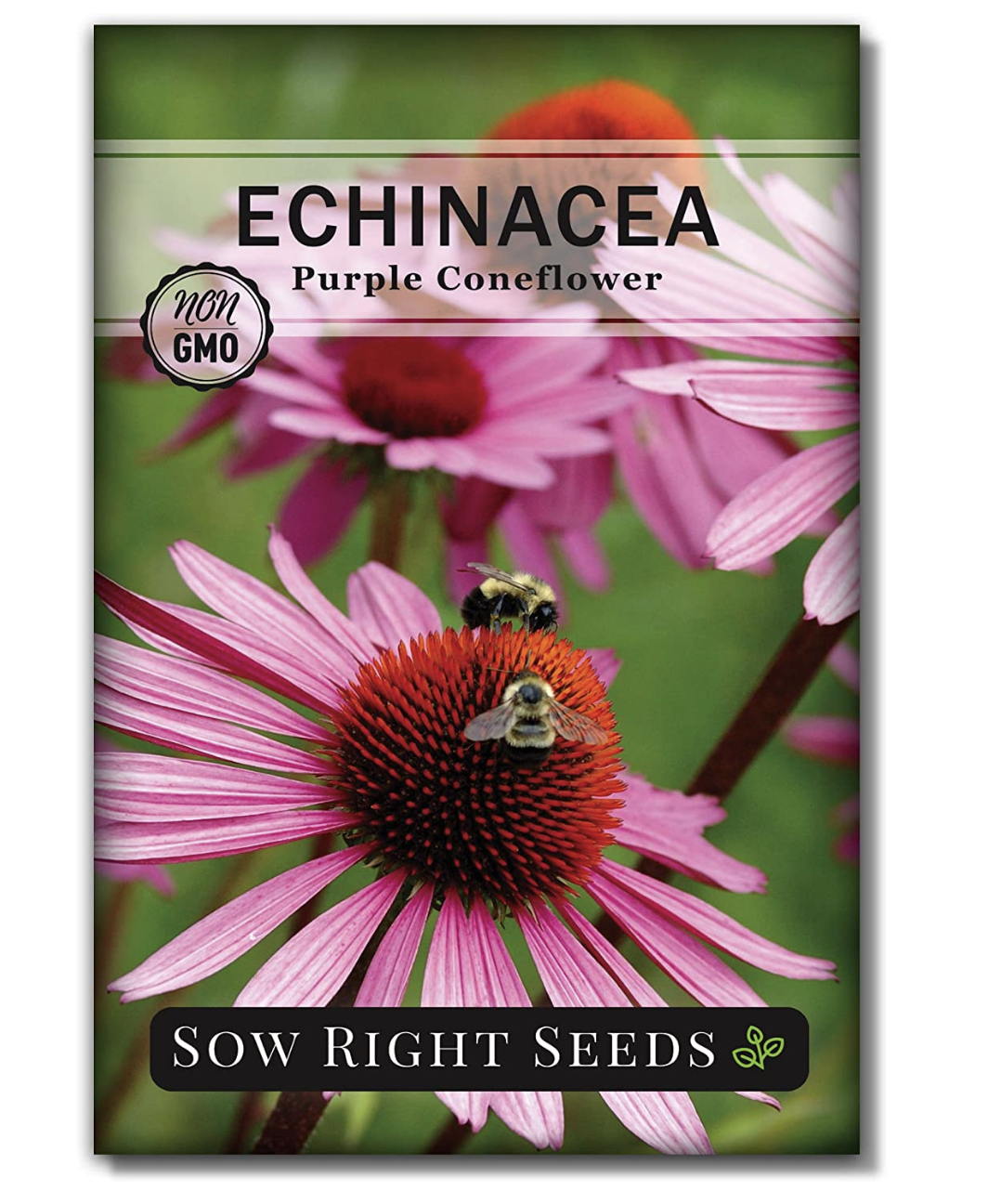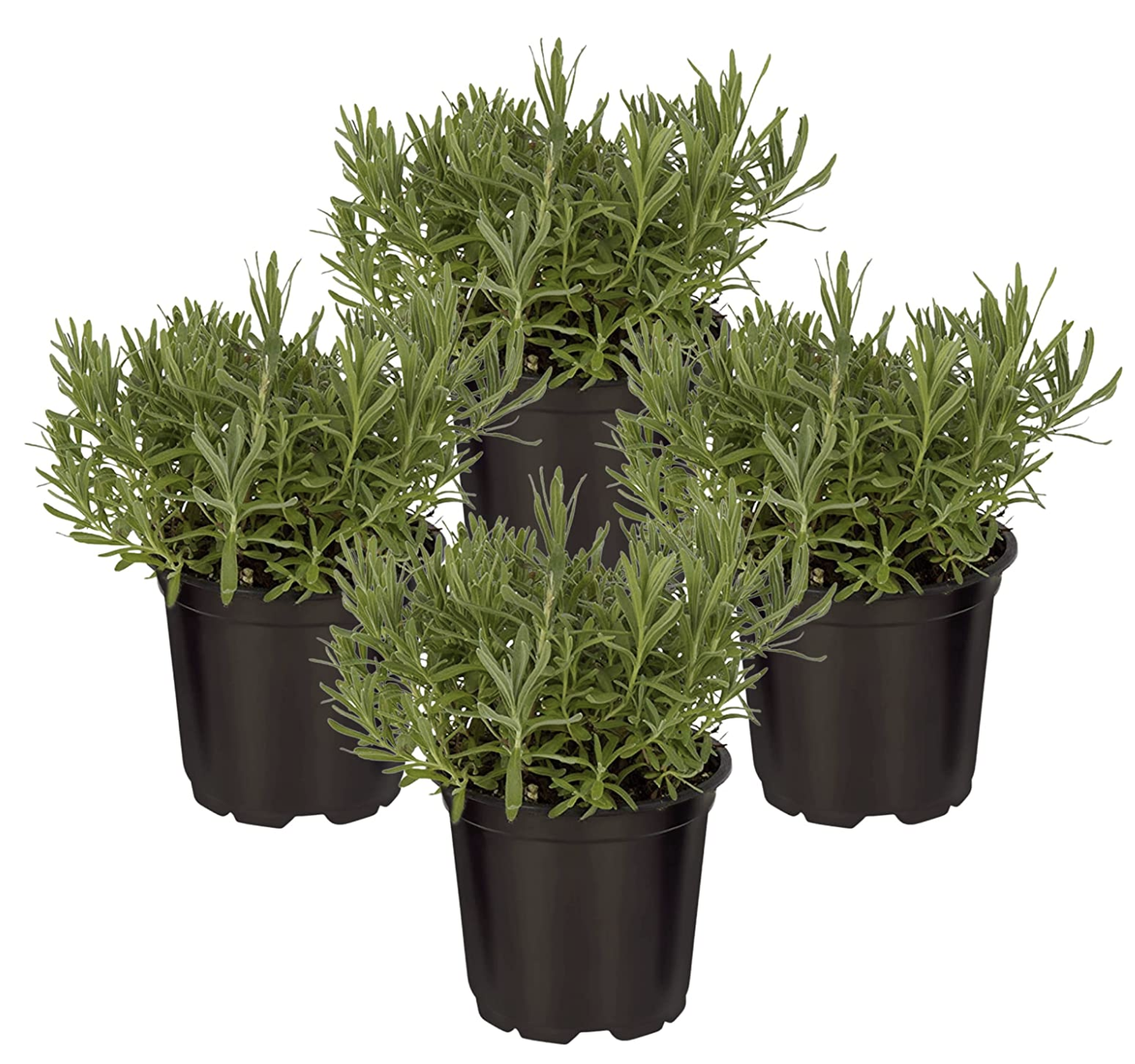Best flowers for bees — 10 simple-to-grow plants that will help support this important insect
Even if your outdoor space is small you can still create a bee-friendly haven by planting a mix of their favorite flowers
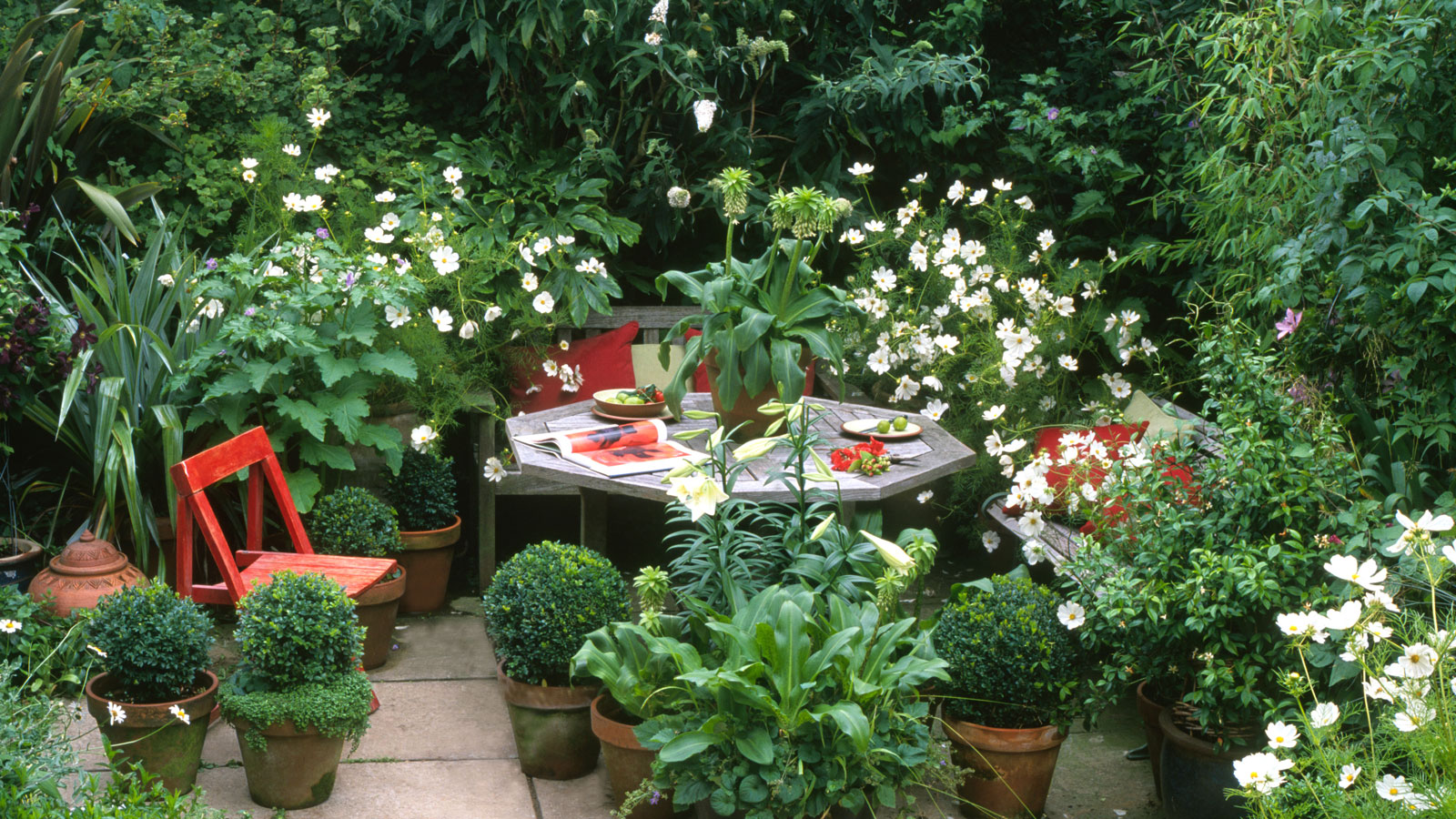
Whether you're gardening in a window box, on a balcony or in a compact backyard, attracting bees to your outdoor space really helps the eco system as well as your own garden. By growing the best flowers for bees, you will encourage them to visit your yard and help pollinate your plants.
As well as loving herbs, especially fragranced types like basil, rosemary, sage, mint and thyme, there are a range of flowers bees will flock to if you add them to your backyard planting ideas. Look for varieties with purple flowers such as lavender, tubular-shaped flowers like foxgloves or flat-shaped flowers like cosmos, and scented flowers such as bee balm. The good news is, if you're short on outdoor space, many of these varieties can easily be grown in containers.
So, by ordering a packet of seeds or two online, or making a quick trip to the garden center, you can do your bit to help the declining bee populations by choosing the best flowers to attract them to your garden. This is one of the easiest but best things you can do to help biodiversity and the planet. Plus you get to enjoy the beautiful blooms and scent too.
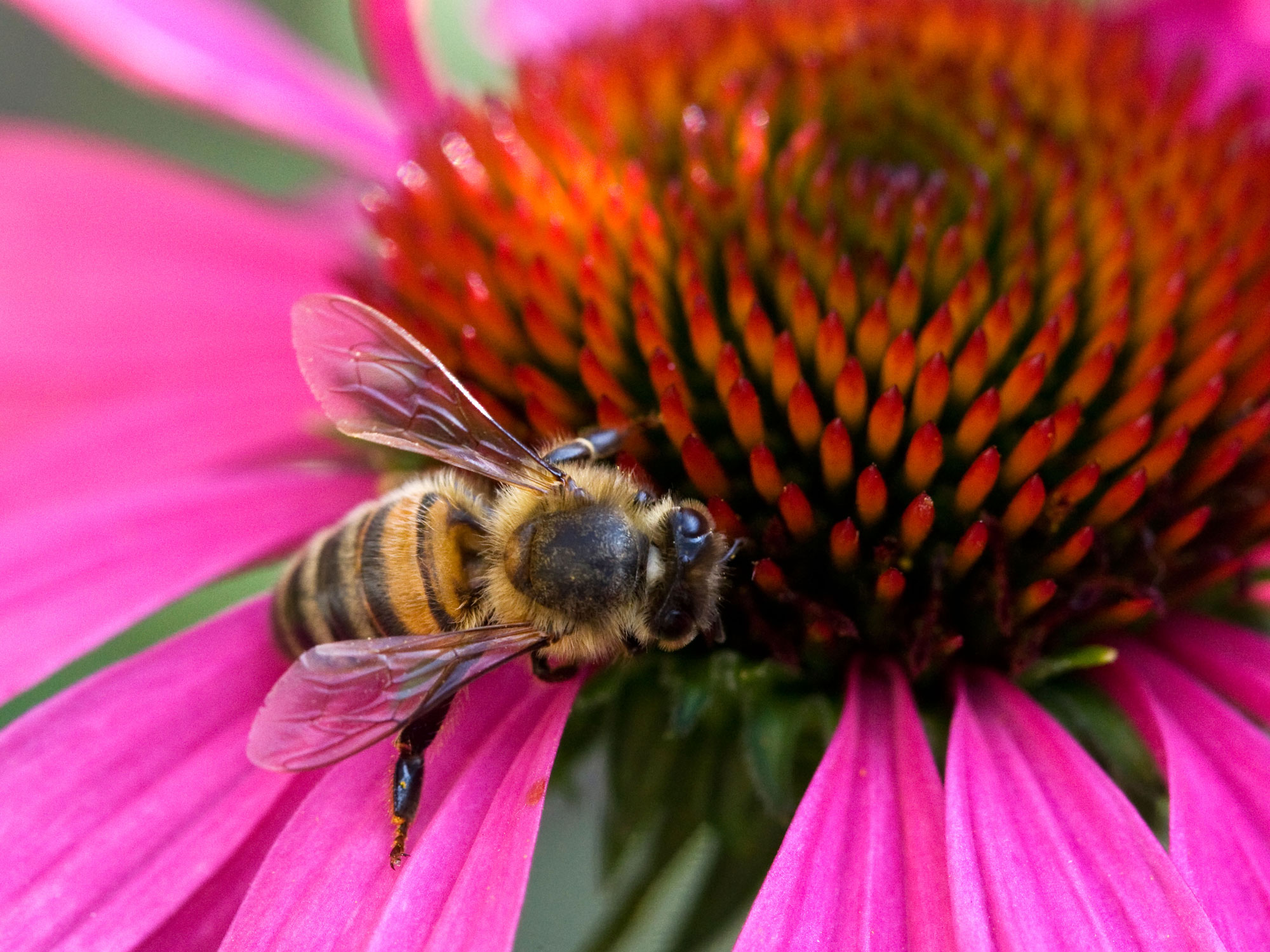
Choosing the best bee-friendly flowers
'Over millions of years, bees have developed alongside plants in a mutually beneficial relationship,' says beekeeper John Irenicus, founder of The Holyhabibee. 'The plant provides pollen and nectar to the foraging bee, and in return the bee pollinates the plant, supporting its reproduction.'
When it comes to choosing bee-friendly flowers, it's best to plant native species. These tend to be better suited for local bee populations, as they have co-evolved over time. Find out the best flowers for bees that are native to your region and include them in your planting design.
Think beyond just the summer months too. 'It's important to choose a variety of plants that bloom at different times of the year as well to provide a continuous source of food for bees,' says Amy Hovis, co-owner of Barton Springs Nursery and principal at Eden Garden Design, based in Austin, Texas.
'It's also important to avoid using pesticides or other chemicals in your garden, as they can be harmful to bees and other pollinators,' adds Amy. 'Gregg's Mistflower (Conoclinium greggii) is one of my favorite bee-friendly plants. It’s soft lavender haze of a bloom is a magnet for butterflies as well.'
The Livingetc newsletters are your inside source for what’s shaping interiors now - and what’s next. Discover trend forecasts, smart style ideas, and curated shopping inspiration that brings design to life. Subscribe today and stay ahead of the curve.
Now found out our top 10 picks, as chosen by plant experts.
1. Cosmos

Floaty-petalled cosmos are such a summer treat for passing pollinators you really can't have enough of them in your flower bed or on the patio. You can also sow seeds consecutively to prolong the flowering season to tempt bees for more months of the year. 'Cosmos produce abundant pollen and nectar, attracting bees throughout the summer and fall,' says John Irenicus.
The flowers are large and daisy-like, flattened in shape to make it easy for bees to land on them to feast on the pollen-packed yellow centers. Cosmos come in various vibrant colors, including pink and orange, as well as white.
They will thrive in containers too if you're a balcony or roof garden owner, and you can pack them in as the flowers float on tall stems above wispy foliage, which means they don't take up a lot of space. Try container garden favorite chocolate cosmos (Cosmos atrosanguineus), which has dusky red petals and smells like chocolate on sunny days.
2. Salvia
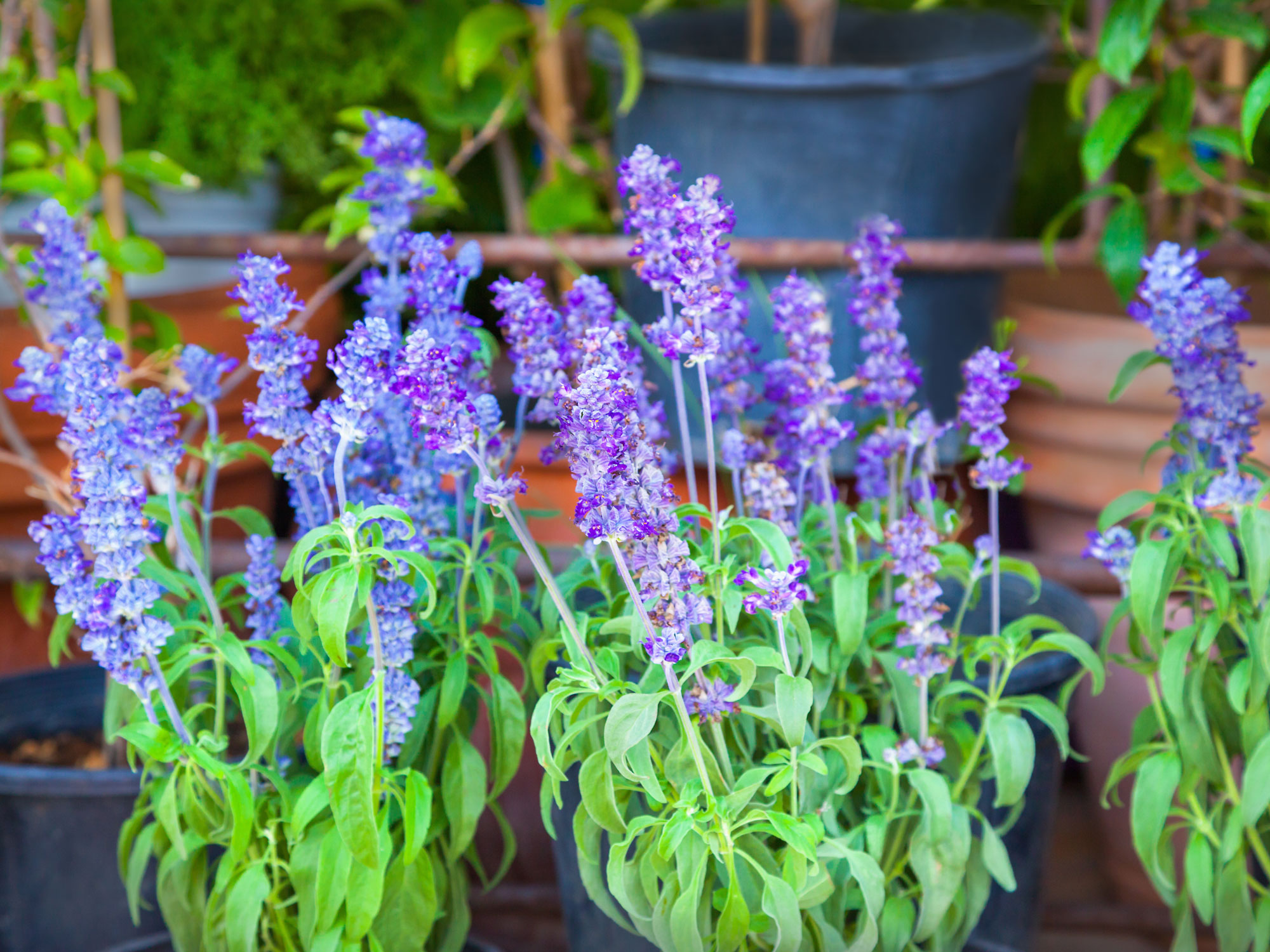
Salvia plants come in various shades, including blue, violet and purple, which are the colors most likely to attract bees, according to research by scientists at the University of California Agriculture and Natural Resources center. Avoid red varieties of salvia though, as bees can't see the color red.
There are many different varieties of salvia to keep the blooms coming from spring until fall, and this long bloom period provides a regular food source for bees, which love foraging in the nectar-rich tubular flowers.
'Bees need nectar for energy, so flowers that produce ample nectar are especially attractive to them. Salvia is one of the best examples of a nectar-rich flower,' says Jeena Lugo of gardenersbasics.com, based in Spanish Fork, Utah.
Try fragranced salvia guaranitica (also know as blue anise sage), which flowers from June until November and is perfect for pots on the balcony or patio.
3. Bee balm (Monarda)
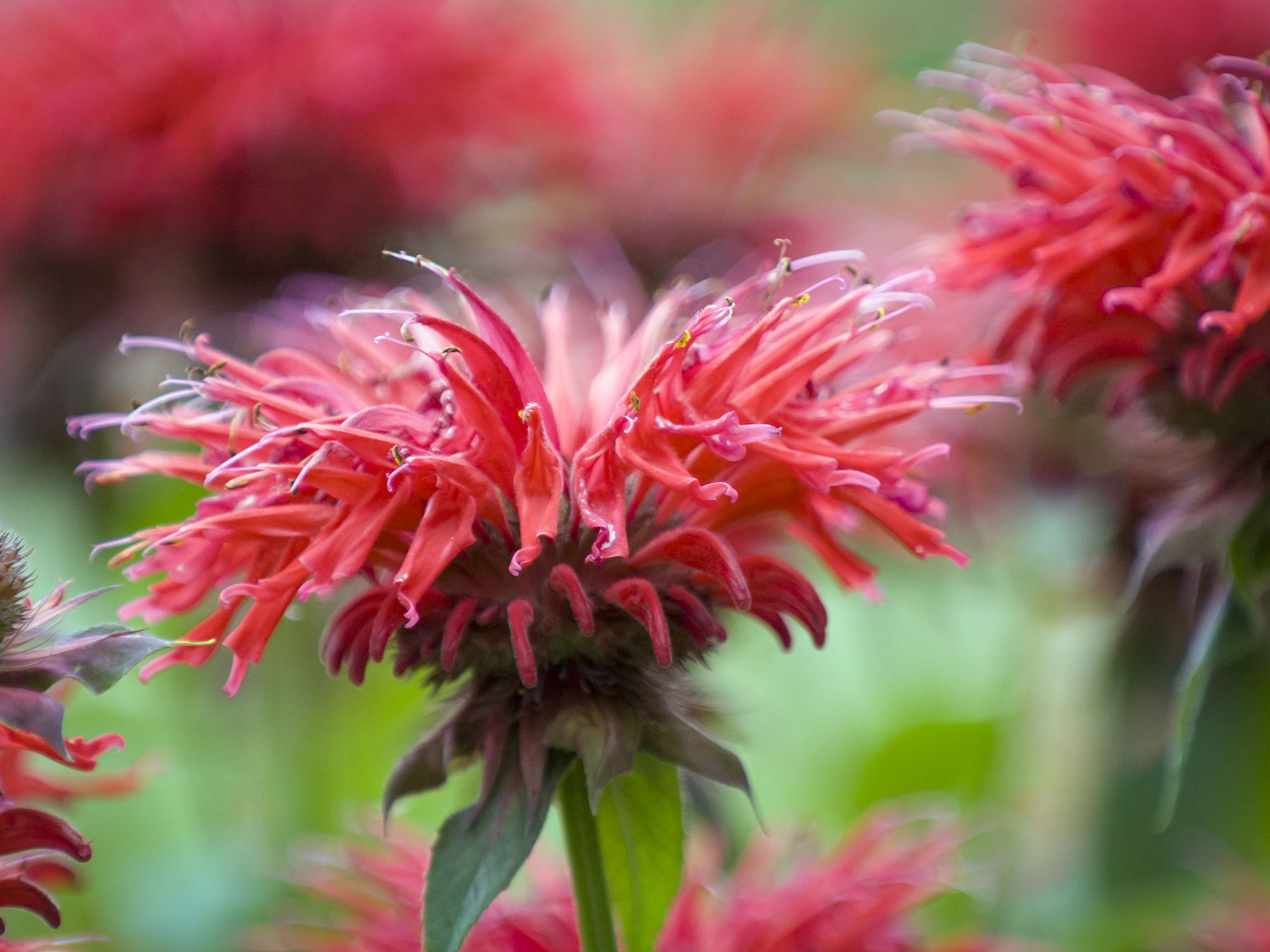
As the name suggests, bee balm (also known as Monarda) is a favorite of bees from midsummer to early fall. The tufted flowers are a real magnet for pollinators, who love their mauve, dusky pink and red flowers, together with the strong fragrance.
'There’s a good reason for the name bee balm,' says Victoria Kuchinskaya, resident botany expert for the NatureID app. 'This North American wildflower is simply irresistible to bees. For most of the year, it provides drought-resistant ground cover, but bees relish its bold color and delicious citrusy fragrance for the two months it spends blooming.'
There are shorter versions of bee balm available that suit a window box, container or small yard if your growing possibilities are limited. Try the compact variety Monarda 'Blue Moon', which has lavender-blue flowers and aromatic leaves, and is a great choice for containers and small backyards.
4. Foxglove
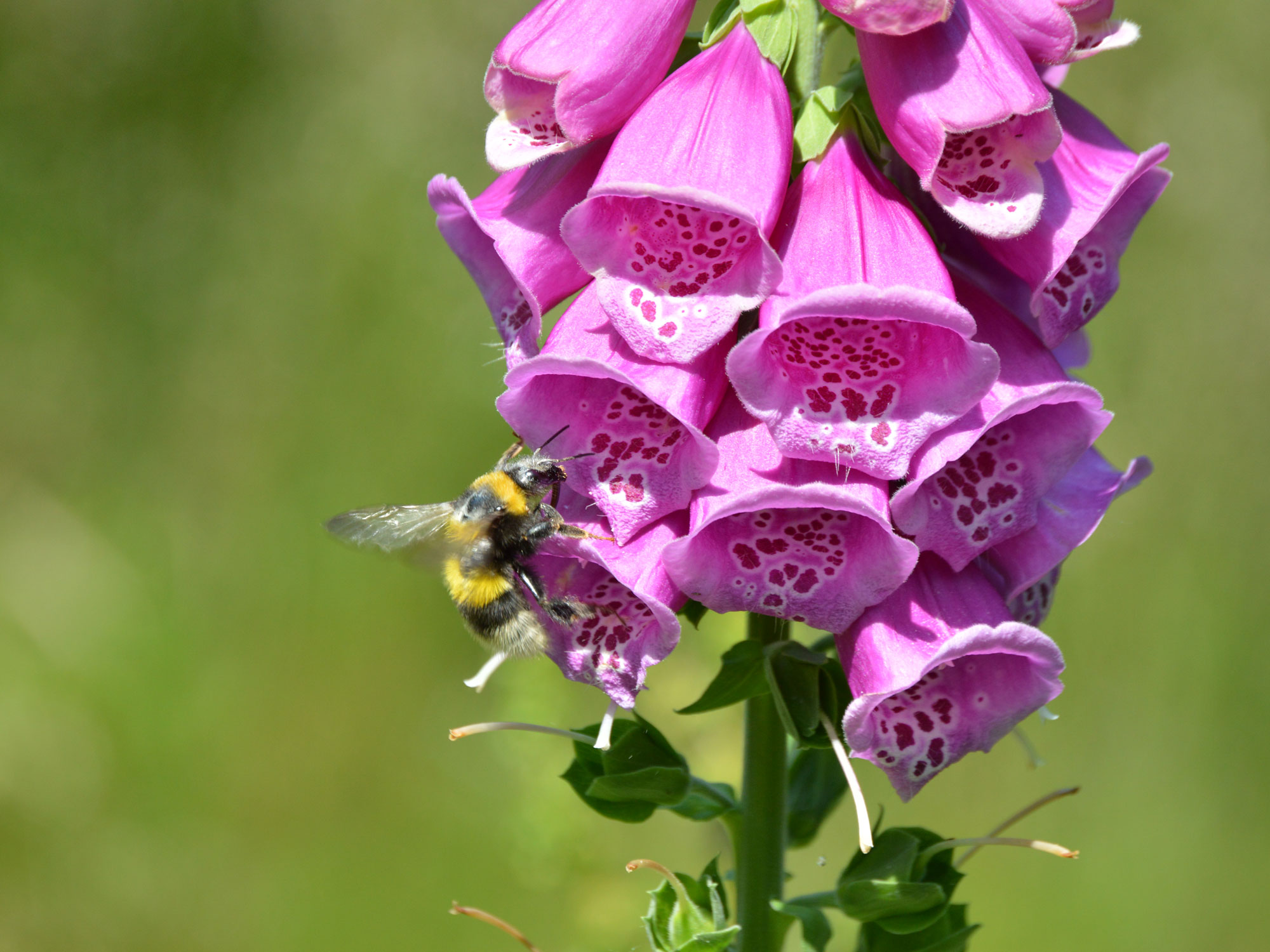
The towering spikes of foxgloves are synonymous with the relaxed naturalistic planting of cottage gardens. As well as looking good, their tubular flowers are highly attractive to bees, and they're one of the best early bloomers for pollinators.
Foxgloves are an important source of pollen for bees. The brightly colored flowers in shades of purple and pink attract bees (they see in ultraviolet light, and foxgloves appear fluorescent to them), while the lower lip of the flower forms a landing space for them before they head into the trumpet to forage for pollen.
'Bees have incredible vision and can see more colors than we can,' says permaculture designer Elle Meager, CEO of Outdoor Happens. 'This sharp vision helps them find flowers when they’re buzzing about, searching for spots on the petals they can use as landing pads. However, the flowers your bees choose to settle on will depend on how easy it is to see these landing pads. Because flowers and bees have evolved together, some flowers have colorful, ultraviolet blotches at the base of their petals that the human eye cannot see. When looking through a bee’s eyes, these patches glow brightly, making them easy for pollinators to spot.'
The variety of foxglove called Digitalis purpurea is always a safe choice for attracting pollinators, so make sure you add this to your list of the best flowers for bees.
5. Zinnia
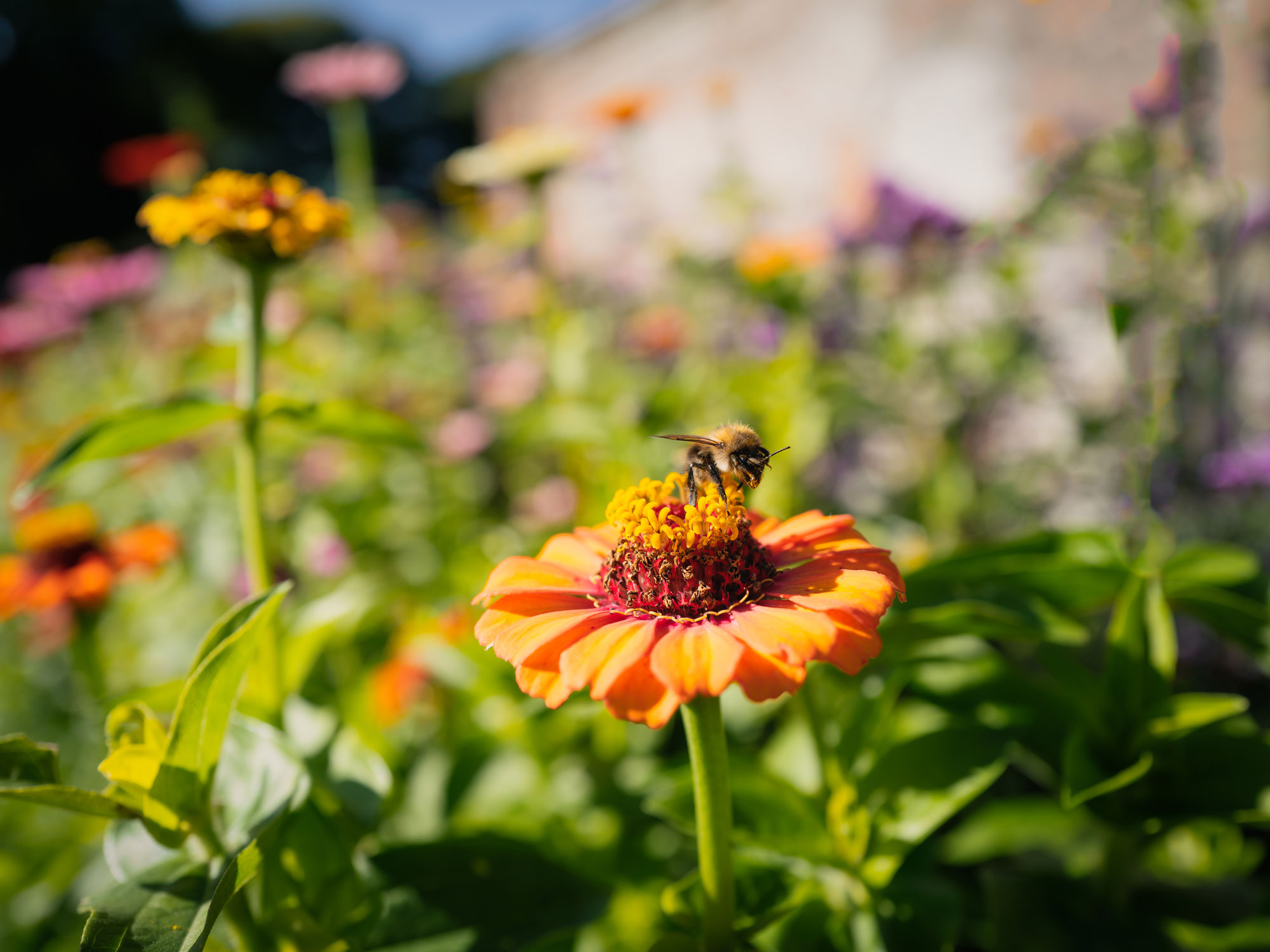
'Select flowers with accessible pollen,' says Jeena Lugo. 'Bees prefer flowers with single-layer petals or flat, open faces, making it easier for them to access pollen. Consider planting flowers such as zinnias.'
As well as being one of the best flowers for cut floral arrangements, pollinators love zinnias. They come in a range of vibrant colors like red, orange, yellow and pink, making them easily visible to bees. Even smaller bees can collect pollen easily from these nectar-rich flowers, as their flat daisy-like shape makes for easy access.
As well as putting taller ones (Zinnia elegans) at the back of flower beds, choose the shorter varieties if you want to fill containers with them. Zinnia plants vary in height from 1-4 feet, depending on the cultivar. The shorter variety 'Magellan' is perfect for containers, blooming radiantly from spring to fall.
6. Lilac
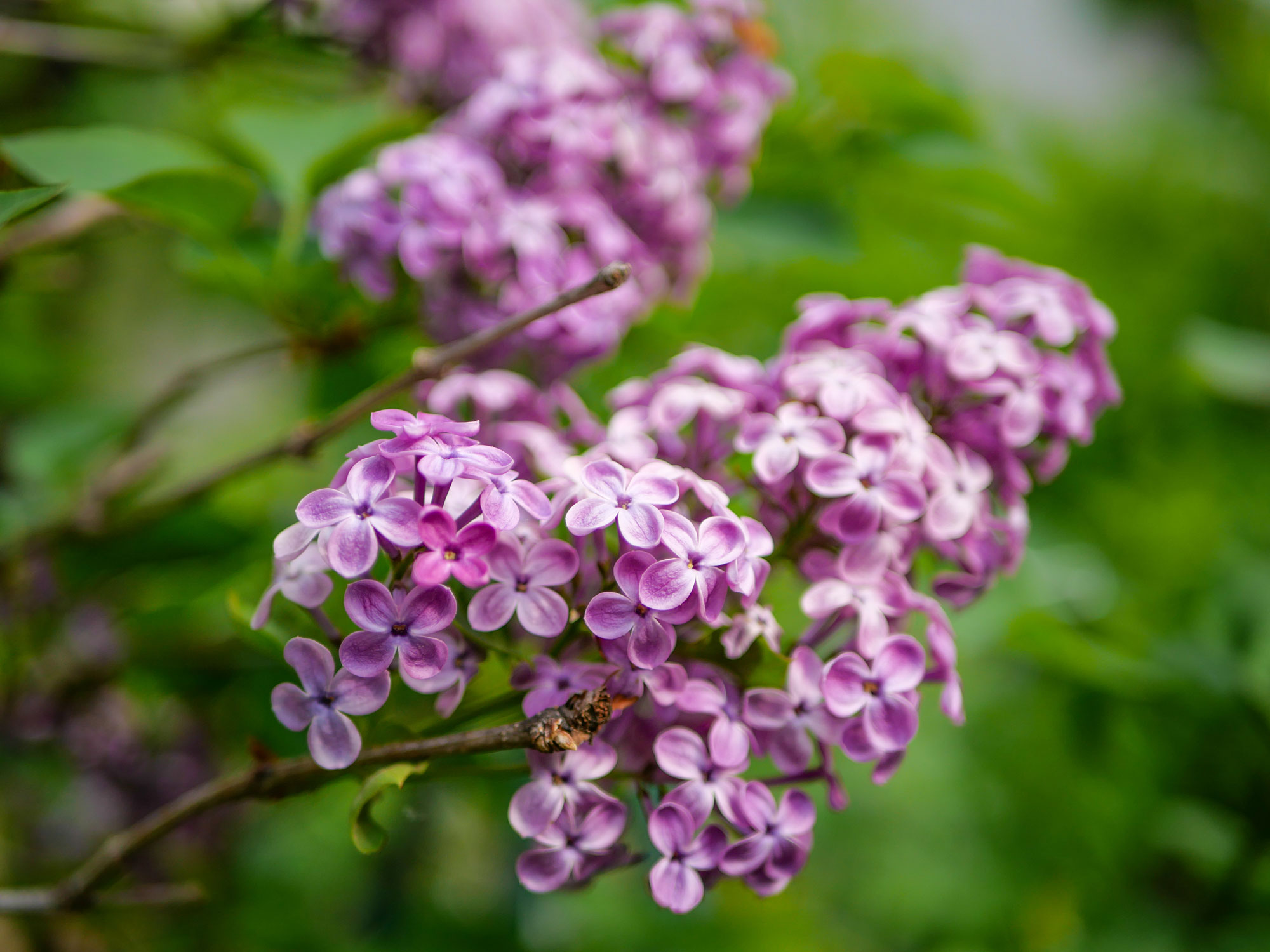
Lilac produces nectar, pollen and blossom for pollinators. The flowers tend to blossom in spring through to summer, and entice bees with their brightly-colored petals and heady, honeyed fragrance.
'In terms of smells, flowers with mild, sweet, and herbal scents most attract bees,' says Elle Meager. 'A flower’s fragrance radiates from the plant, which bees can smell to locate nectar and pollen. Flowers smell good for a reason, permeating the air and attracting pollinators.'
So, sweet flowers like lilac, bee balm, lilies, lavender, clematis, roses, and peonies will attract more bees to your garden. 'Plus, you’ll have a yard full of fresh, aromatic blooms that come back year after year,' says Elle. 'What’s not to love?'
7. Sunflowers
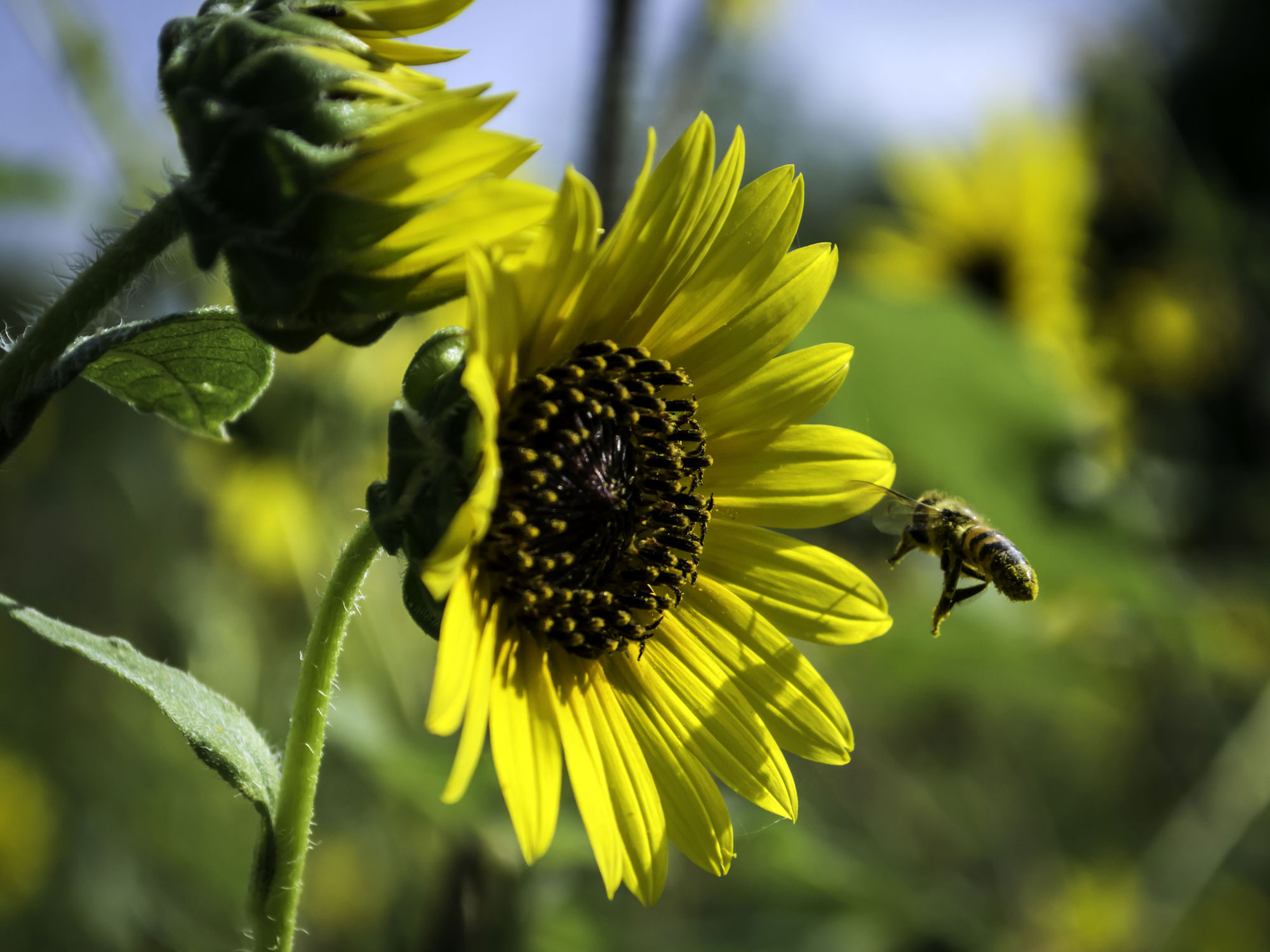
'One of my personal faves are sunflowers,' says horticulturist Amber Noyes of Gardening Chores, who has master's degree from the University of California. 'They're not only gorgeous and easy to grow, but bees can't get enough of them.
'I remember planting some sunflowers in my backyard, and it felt like every bee in the neighborhood showed up. How cool is that? It's so rewarding knowing you're helping these important little pollinators.'
Flowers with broad petals or stems can hold a bee while it eats, so these are the most desirable. Sunflowers care is pretty straightforward, and they're such an optimistic plant. In addition to sunflowers, daisies, roses, poppies, and dahlias are also great choices.
8. Borage
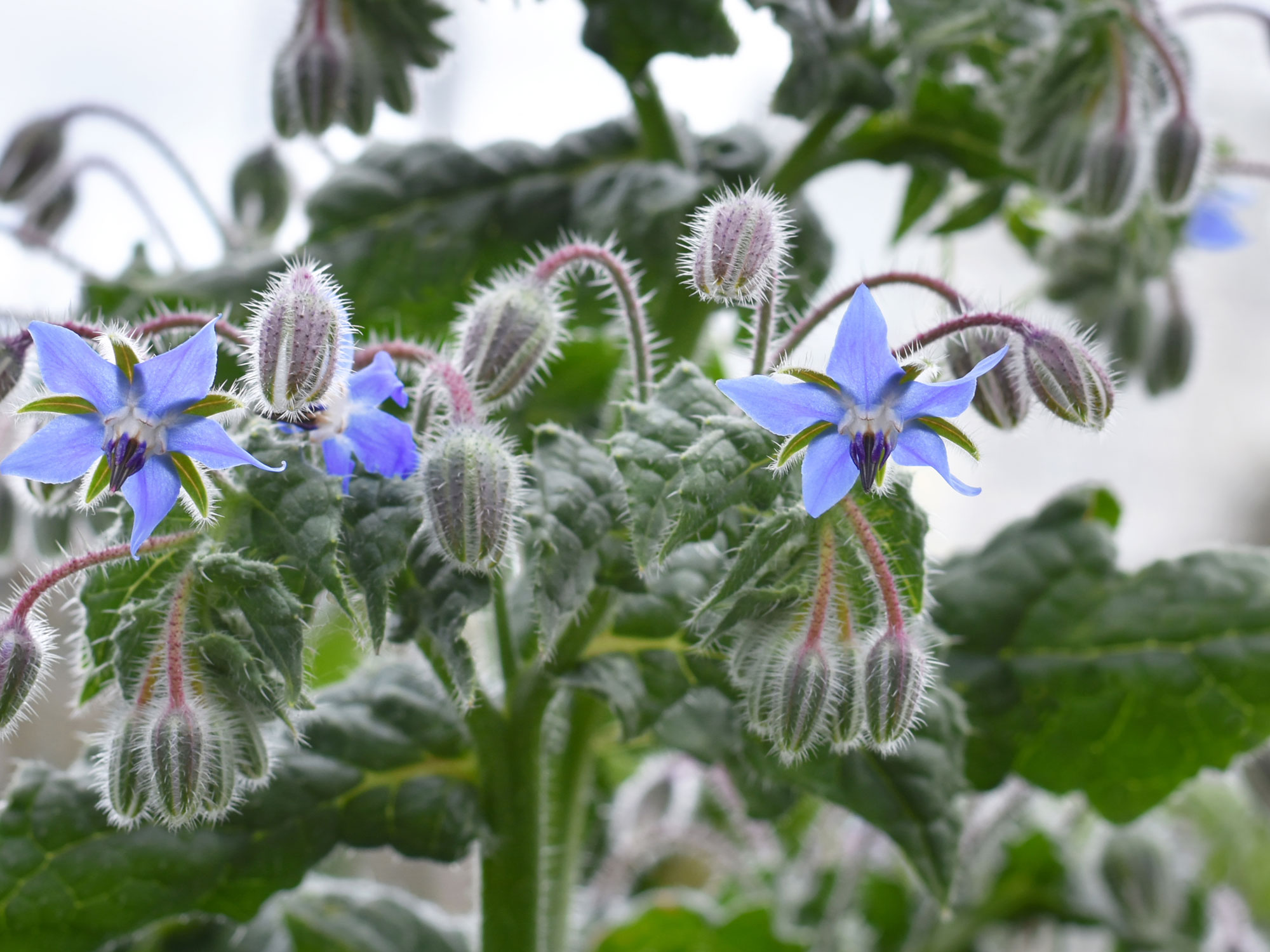
Borage is another nectar-rich plant, and its blue star-shaped flowers are highly attractive to bees, especially as the shallow flowers are easy to access. A star of the herb garden (its pretty flowers are edible), it's a prolific self-seeder, which means you get a constant supply of blooms.
'Bees are really after flowers that make a lot of nectar,' says Amber Noyes. 'In my experience, borage is top-notch for this. Borage is super-cool because it keeps making nectar all day, so bees can feast non-stop. Plus, these plants are pretty easy to take care of and add a nice splash of color to your garden.'
Grow borage in spring if you live in a hot climate as it's not keen on scorching temperatures, otherwise let if flourish right through the summer months.
9. Echinacea
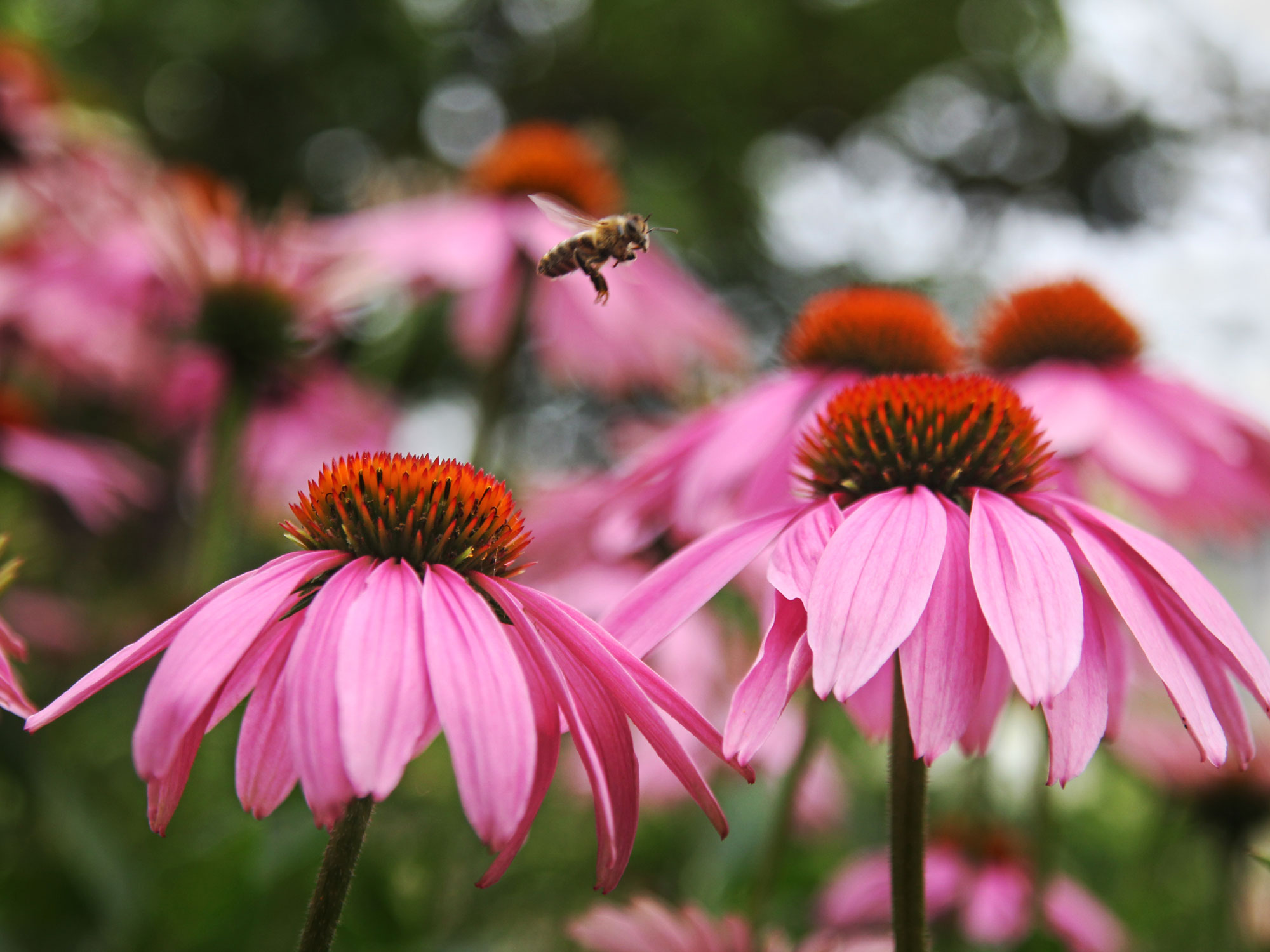
Also known as coneflowers, echinacea produce large, daisy-like flowers with a central cone that offers plenty of pollen and nectar from spring to fall to keep bees well-fed for months. They come in pink, purple, white, or yellow with a dark central disk. They are mostly found in the central and south-eastern United States.
'A North American gardening staple with large, composite summertime flowers, the central flowerhead of echinacea is like a breadbasket, attracting all sorts of pollinators, which will buzz about the plant all the way through to early fall,' says Victoria Kuchinskaya.
Consider planting Echinacea purpurea (purple coneflower), Echinacea pallida (pale purple coneflower) or other wild Echinacea to maximize your garden’s value to pollinators and other wildlife. Echinacea is multi-tasking, supporting a great variety of bee types including long-tongued and short-tongued bees, bumblebees, digger bees, carpenter bees and honey bees.
10. Lavender
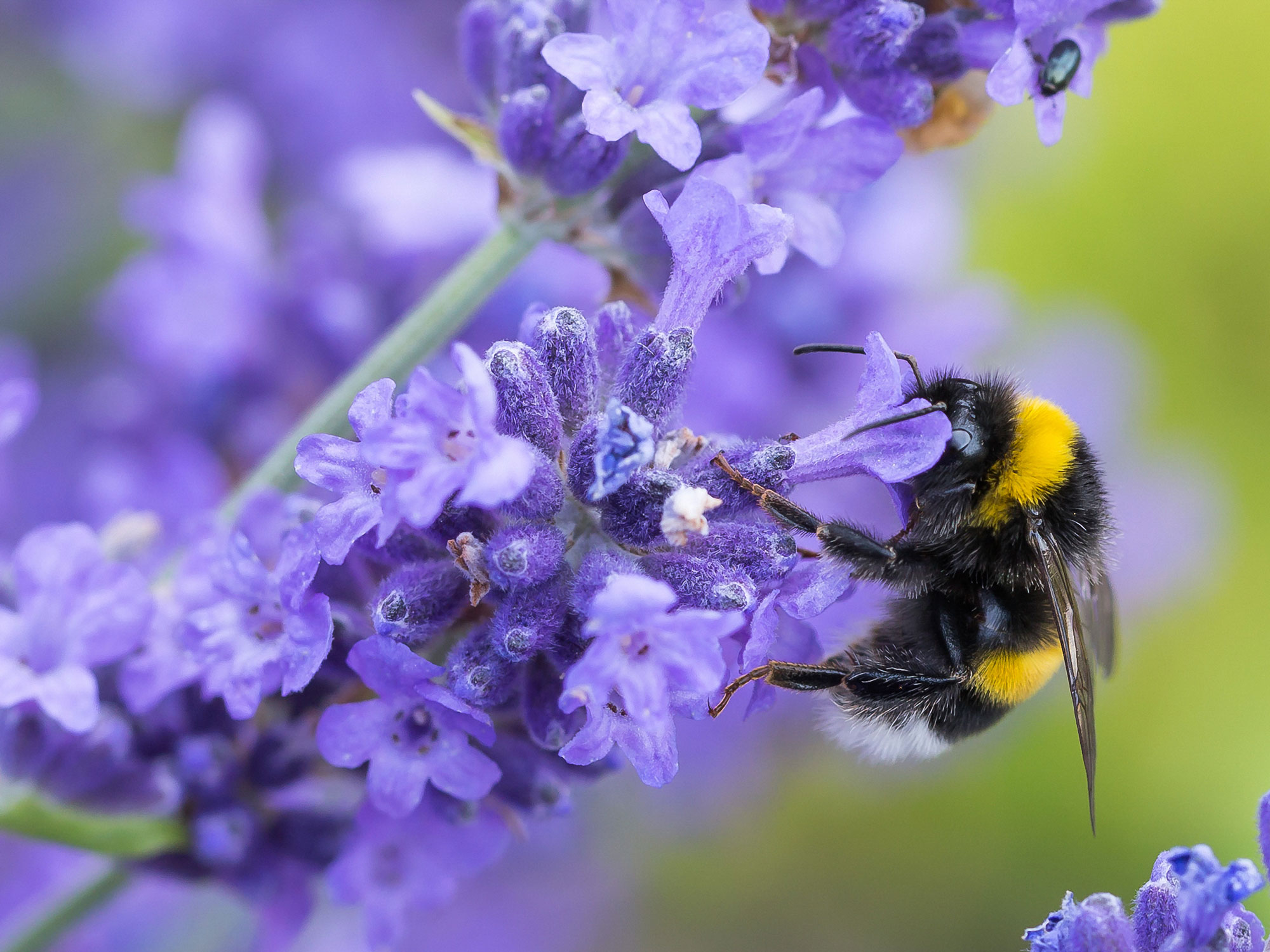
Lavender is perhaps the best known bee-friendly flower and one of our favorites too. Its strong fragrance attracts bees in droves, it produces a significant amount of nectar, and also has a long bloom period, providing a rich source of food for bees over many months.
Because of its fragrance and the way it evokes vacations in the Med, lavender is one of the best plants for an outdoor dining area, creating a relaxing environment.
Favorite varieties of lavender for bees include dark purple 'Hidcote' and mauve 'Munster'. If you're growing lavender in a container choose Spanish lavender. Its unique flowers with tufty petals on top have a softer look than the more common spiked variety. Spanish lavender is easy to care for and heat tolerant. It enjoys plenty of sunshine, and doesn't need lots of watering.
Finally, lavender honey made by bees who have collected nectar from lavender blossoms is enriched with an exquisite delicate floral scent - delicious!
Lifestyle journalist Sarah Wilson writes about garden design and landscaping trends. She has studied introductory garden and landscape design, and also has an RHS Level 2 qualification in the Principles of Plant Growth and Development. She is a regular contributor to Livingetc.com, and also writes for Homes & Gardens, Country Living, Country Homes & Interiors, and Modern Gardens magazines. Her first job was at Elle magazine, during which time a trip to the beautiful La Colombe d'Or in St-Paul-de-Vence led to an interest in writing about all things botanical. Later as lifestyle editor at Country Homes & Interiors magazine one of the highlights were the run of captivating country gardens that were featured.

